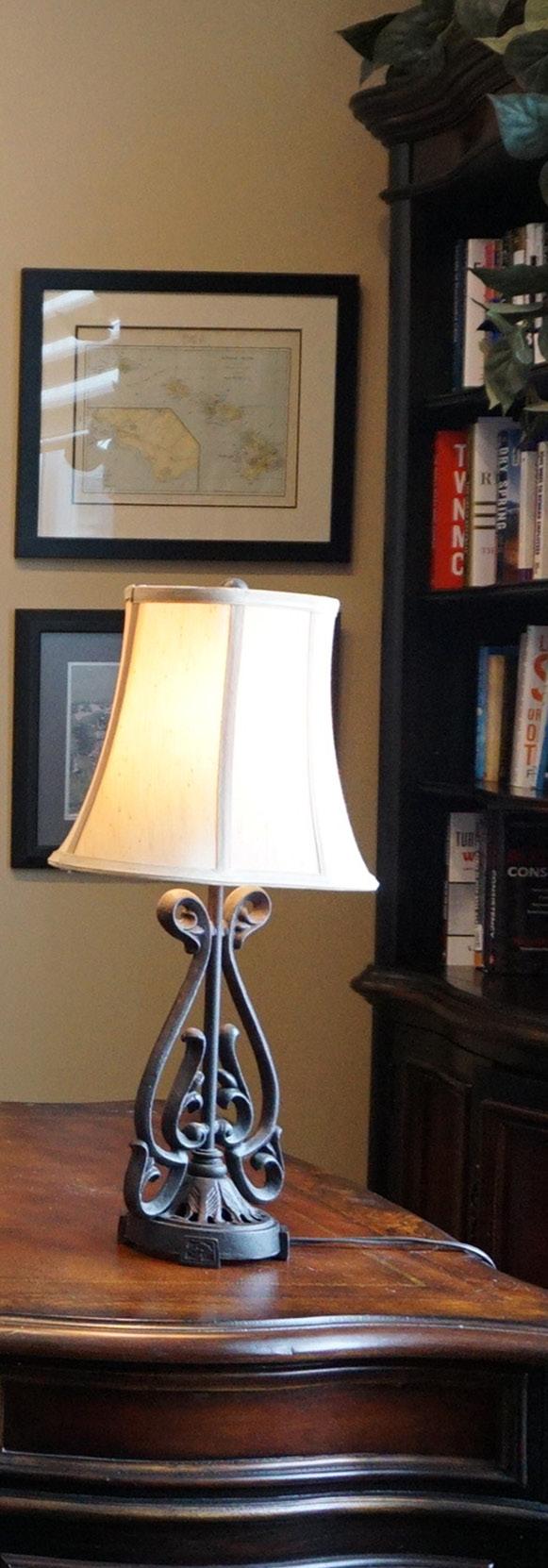
2 minute read
Inuuvingmin Tuktuuyaqtuumun apqutiqpak nunaptingnun ilimman taamna savaaq
Imaryuk Program aullaqipkaga. Due to the opening of the Iñuuvik-to-Tuk Highway, the Imaryuk Program was born.
aryuk Program aullaqipkaga. Inuuvikminlu Tuktuuyaqtuuminlu savaktiksat ilisaqpangmiyuat inungnun tusaamatqublugit qanuq itilaanit iqaluilu niryutillu sulliliqa apqutimlu Imaryuumlu qaningani. Qapsit ukiut qaangiutimaniktuat apqutiqpak iniramidjung. Taavyuma COVID-19 anniarutiqpaum piblugu savaqatiksavut nautchiuqtit (scientists/reseachers) maunga qaingituat.
Maanirmiut aglaan Munaqsiyit (Local Monitors) Imaryungmun Apqutiqpangmilu nutqayuittut. Munaqsiyit Inuvialuit savaaksatik sannaiyaqpagait. Kirt Ruben, angalatchiyi ikyuqtigibligu. Qaritauyakkun uqaqatigiiklutik tamatkuanun nautchiuqtinun (scientists/ researchers) katimavaktuat. Ilisaqpaktuallu
(CRTs) were trained and hired in each community to have on-the-ground support to collect Inuvialuit Harvesting Study data by accumulating quantity, location, and harvesting characteristics recorded by the active harvesters throughout the year.
Due to the opening of the Iñuuvik-to-Tuk Highway, the Imaryuk Program was born. Iñuuvik and Tuktuuyaqtuuq Monitors were also trained as certifed CRTs and were then hired on full-time to engage in public education, monitoring fshing and the impacts to fsh habitats, as well as collecting traditional and scientifc data in both the areas adjacent to the highway and Imaryuk (Husky Lakes). Six years afer the opening of the highway, the COVID-19 virus afected lifestyles globally, and restricted travel where Southern scientists and researchers were unable to come to the ISR and complete their annual studies.
This barrier showcased something very positive for the ISR-CBMP sub-program Imaryuk because the Local Monitors were able to successfully complete the feldwork. Working alongside with the CBMP Manager, Kirt Ruben and other JS Staf that collaborate with scientists and researchers, such as the FJMC and IGC Department, the Imaryuk Monitors were able to prepare for their usual feldwork trips by attending Zoom call sessions with the scientists and researchers. Training on how to handle instruments, devices, and other tools that our collaborators use when in the feld is now an tamatkuanik sanalrutinik nutaanik atuaksatik Apqutimilu Imaryungmilu. Ilittuni taimaatchinik quyallitauvialuktuq.
Lennie Emaghok, atanruyuayuq Imaryuum Munaqsiyuanni, Tuktuuyaqtuurmiutaq savaaniktuaq Imaryungmik Munaqsiyuanni. Lennie nuna alianiagigamiung angiaruuyuq Munaqsaublunilu. Uvva quliaqtuanga:
Imayungmi inuguqtuami sanguvakkara nuna taimangaaniin. Aapagalu amaamagalu Adamlu Annie Emaghoklu, qun’ngilaangugamik Imaryungmi sangusuuyuk taimani. Ukiumilu upinraksamilu, Imaryungmi iqalungnaqtuq, naniriaqturnaqtuq, qidjiqinaqtuq napaaqtunik. Nuna quyallitauvialuktuq Inuvialungnun. Puiguyuittunga sivvulliq iqaluktara pingasunik ukiuniklungalu, Amaamangmalu quliaqtuanga ingilraan angagalu Wallace Lucaslu Noah Eliaslu niqiqsairamik inmingnunlu qimmiraluanun. Taimani Inuvailuit qimminik kisianik aulavaktuat, Noah-lu
Wallace-lu iqaluksiuriaqtuak utiryaguklutik, kaaktuk. Unnuklunilu ilaminun siniksimatillugit aiyuak qamauk usiaqpalik iqalungnik.
Wallace amaamangan apiriya ’Iqalukpitiik?’
Qunguyukluni amaamani kiuya ‘Noah-lu qamaukpuk sitkitaqpuk, kangiittuangni aglaan qimmivut ikayuqlugit aimun. Unnuam qitqani iqalungnik igablutik nutaqqat tupaaqlugit niritqublugit.
Lennie-m quliaqtuanga suangavialuktuq Inuvialuit pitqusiitigun. Ilisautiyaatigut atautchkun ikayuqtigiingnikun, niryutivut nunakpullu Imaryuglu munnaqiriyaksaqput. Taimangaani- asset gained for these Local Monitors.
Lennie Emaghok, a Senior Imaryuk Monitor from Tuktuuyaqtuuq applied for the job position when it was frst posted for competition and was selected to be one of the “Guardians” of Imaryuk. As a long-term passionate Inuvialuit Harvester & Monitor, Lennie shares:
Imaryuk is a place where I was raised and have travelled to since I can remember. I was born to parents, Adam and Annie Emaghok, who were reindeer herders and spent all their time in and around Imaryuk. In the winter months and during the spring season, Imaryuk was a place to gather fsh, furs, and wood along the treeline; it was a place vital for Inuvialuit to survive. I remember catching my frst fsh at 3 years old, and I recall my late mother telling me a story about my uncle Wallace Lucas and Noah Elias running out of food for themselves, their family, and even the dogs. At that time when Inuvialuit actively used dog teams for transportation, the 2 men went out for the whole day, hungry, but came back at night while everyone was sleeping with a full sled-load of fsh. ‘Iqalukpiit?’, meaning in this context ‘How you made out fshing?’, asked Wallace’s mom. He smiled and said, ‘Noah and I got a sled full, and the reason we took so long is because, going back, we had to help the dogs pull our sled the rest of the way.’ So, in the middle of the night, they cooked fsh and woke up the kids to eat.
Lennie’s story holds a lot of meaning for Inuvialuit tradition and culture. It teaches us about survival, unity, and the importance of why we









